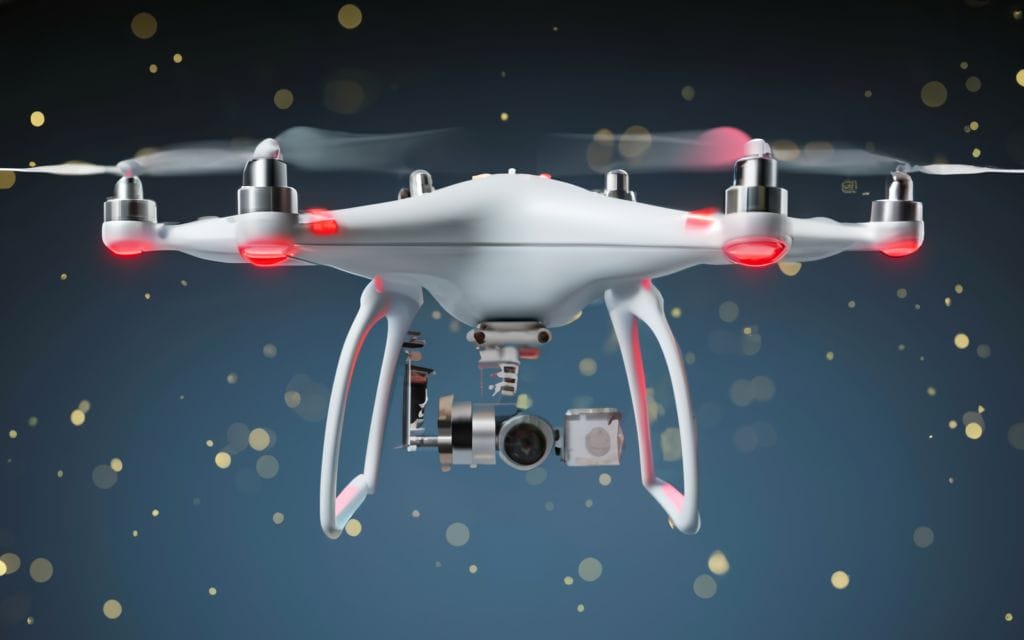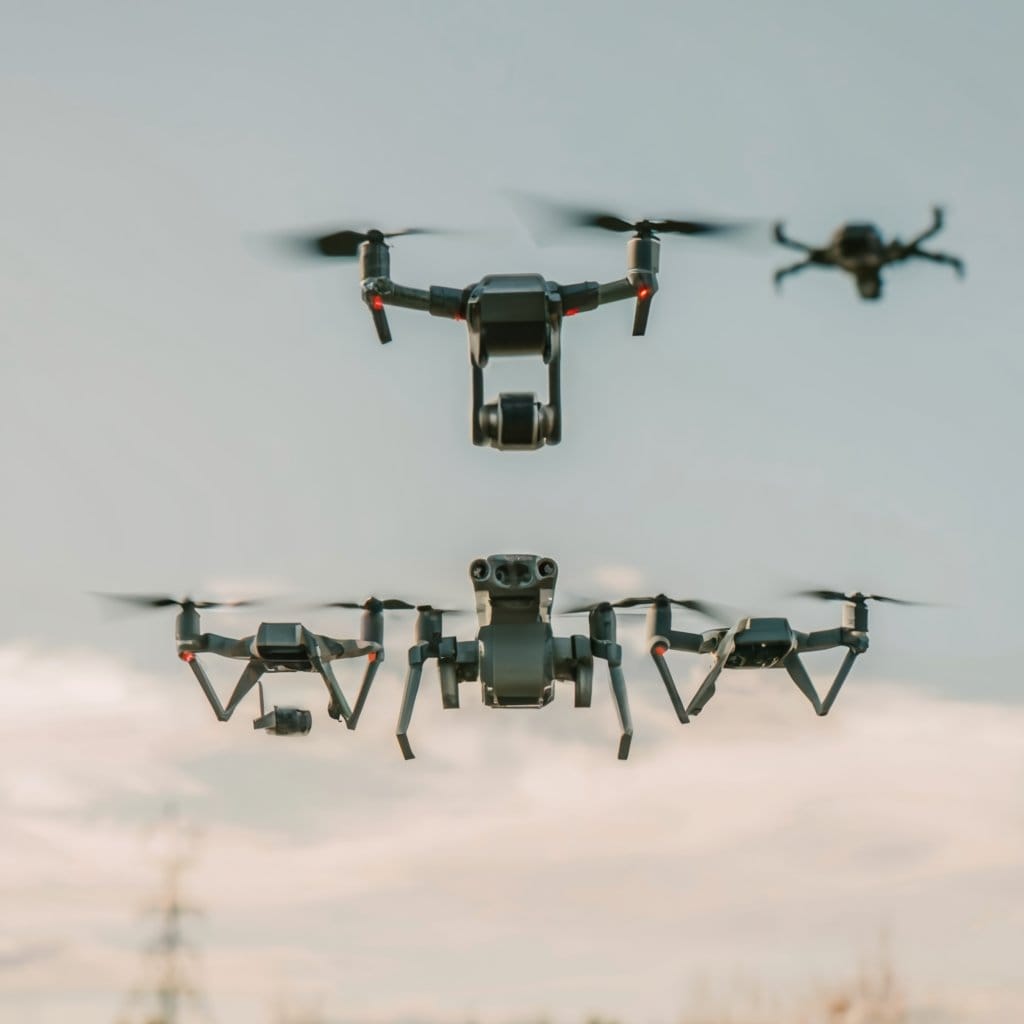Ever wondered about the earning potential of drone pilots in different parts of the United States? The world of drone piloting offers a sky-high journey into a niche profession with varying salaries influenced by geographical factors. As demand for drone pilots continues to rise, so does the intrigue around their income levels. Join us in determining drone pilot salary in different states of the USA.
Understanding the Basics
Defining the Role of a Drone Pilot
Drone pilots are professionals who operate unmanned aerial vehicles, capturing aerial footage for various industries. They are crucial in ensuring that high-quality images and videos are obtained from unique vantage points. These pilots must follow aviation regulations to guarantee safe and legal drone operations.
Being a drone pilot involves diverse responsibilities, such as conducting pre-flight checks, navigating flights, and analyzing captured data. Their tasks extend beyond just flying drones; they also need to maintain equipment, troubleshoot technical issues, and ensure compliance with privacy laws while respecting airspace restrictions.

Factors Influencing Drone Pilot Salaries
The salary of a drone pilot can vary significantly based on several factors. Experience level is a key determinant – seasoned pilots often command higher salaries due to their proficiency and track record in the field. Possessing specialized skills like thermal imaging or 3D mapping can open up opportunities for increased pay scales. Moreover, geographic location plays a pivotal role in salary discrepancies within the drone piloting industry.
- Specialized skills can boost income potential.
- Geographic location impacts salary variations.
- Compliance with regulations is essential for maintaining professionalism in this career field.
National Overview
The Average Drone Pilot Salary in the USA
The average drone pilot salary in the United States hovers around $50,000 annually. This figure serves as a benchmark for comparing salaries across different regions. Salaries can fluctuate based on industry demand and the pilot’s qualifications. For instance, experienced pilots tend to command higher pay scales than their less-experienced counterparts.
These figures offer valuable insights into the earning potential within this profession. By breaking down these numbers and statistics, one can better understand the financial rewards of being a drone pilot.
Industry Trends and Growth
The drone piloting industry is witnessing rapid growth due to technological advancements in aviation, expanding drone applications beyond traditional uses. This growth translates into increased job opportunities for aspiring drone pilots seeking employment in various sectors like agriculture, construction, or cinematography. As this sector continues to evolve, professionals equipped with relevant skills and experience stand poised to benefit from this burgeoning field’s promising prospects.

Exploring Regional Differences
East Coast Earnings: Drone Pilot Salaries in Atlantic States
Diving into the unique landscapes of the United States, drone pilot salaries vary significantly across regions. On the East Coast, states like New York and Florida stand out for their distinct opportunities and challenges. In New York, the demand for aerial photography increases salaries as pilots navigate urban settings with architectural wonders. Meanwhile, Florida’s coastal landscape creates a niche for drone services, especially in marine research.
Moving towards the Midwest, states like Illinois and Ohio offer a blend of urban opportunities and rural realities for drone pilots. In Illinois, drones are essential in urban areas and rural farmlands, requiring different skill sets. Ohio presents diverse environments, from industrial hubs to agricultural expanses, that influence drone operations and earning potential.
Heading west to the Pacific Coast, California’s tech industry fuels demand for skilled drone pilots while Washington’s diverse terrain requires versatile expertise ranging from environmental conservation efforts to aerospace companies’ employment prospects.
Factors Influencing Salaries
Several factors come into play. One significant aspect is the educational background of the pilot. Employers often prefer candidates with degrees in aviation or engineering, as these provide a solid foundation for drone operation. Technical knowledge gained through relevant programs can significantly improve job prospects and potential salary levels.
Industry experience also plays a crucial role in determining salary ranges for drone pilots. Entry-level positions usually focus on basic flight skills and safety protocols, while experienced pilots who have honed their skills may specialize in niche areas like search and rescue operations. Longevity in the field can open up opportunities for leadership roles within drone companies, often with higher pay scales.
Furthermore, obtaining certifications from the Federal Aviation Administration (FAA) is vital for professional drone pilots looking to elevate their salaries. Certifications such as the Part 107 Remote Pilot License enhance credibility and increase the chances of securing better-paying jobs within the industry.

You now have a solid grasp of how drone pilot salaries vary across the United States. Understanding the basics, considering the national overview, exploring regional differences, and recognizing the factors influencing salaries are key to navigating this field successfully. Remember, your earning potential isn’t just about flying skills; it’s also about where you’re based and what industry you work in.
You can fly drones as a hobbyist, and you will love to pilot travel drones if you are an adventurous kind of fellow. So, as you venture into the world of drone piloting, keep these aspects in mind to make informed decisions that can boost your income. Now armed with this knowledge, go out there and soar high in the skies while keeping an eye on those salary figures. Happy flying!



